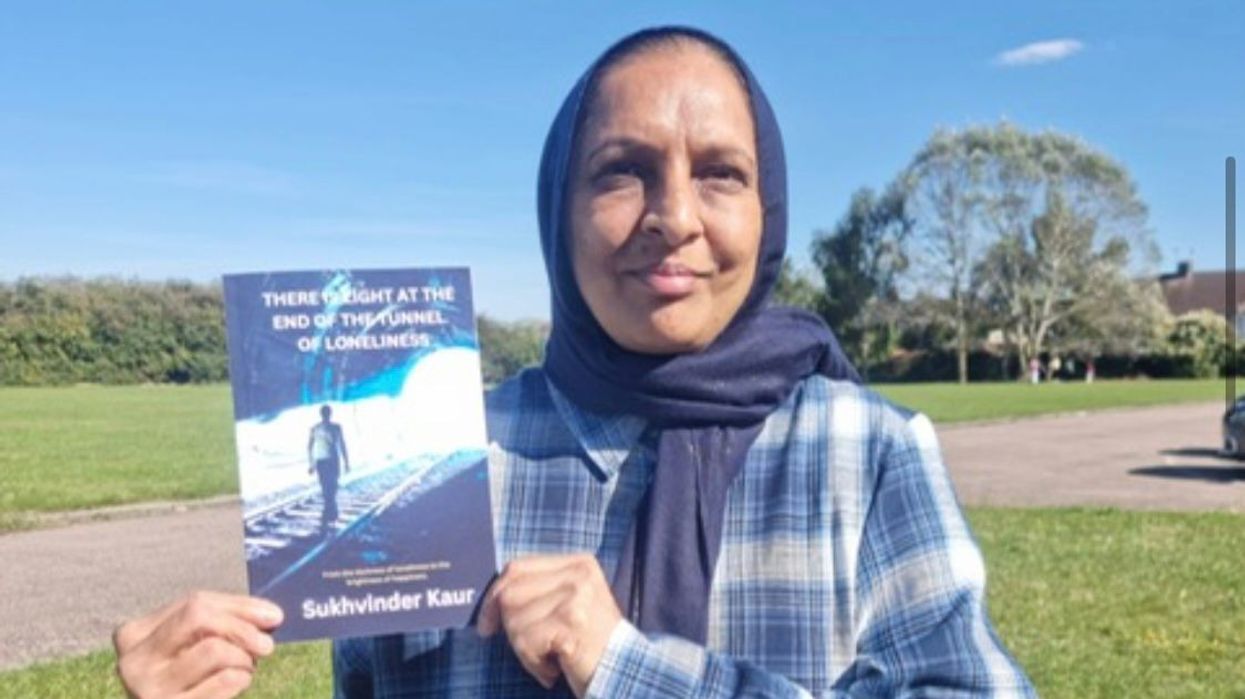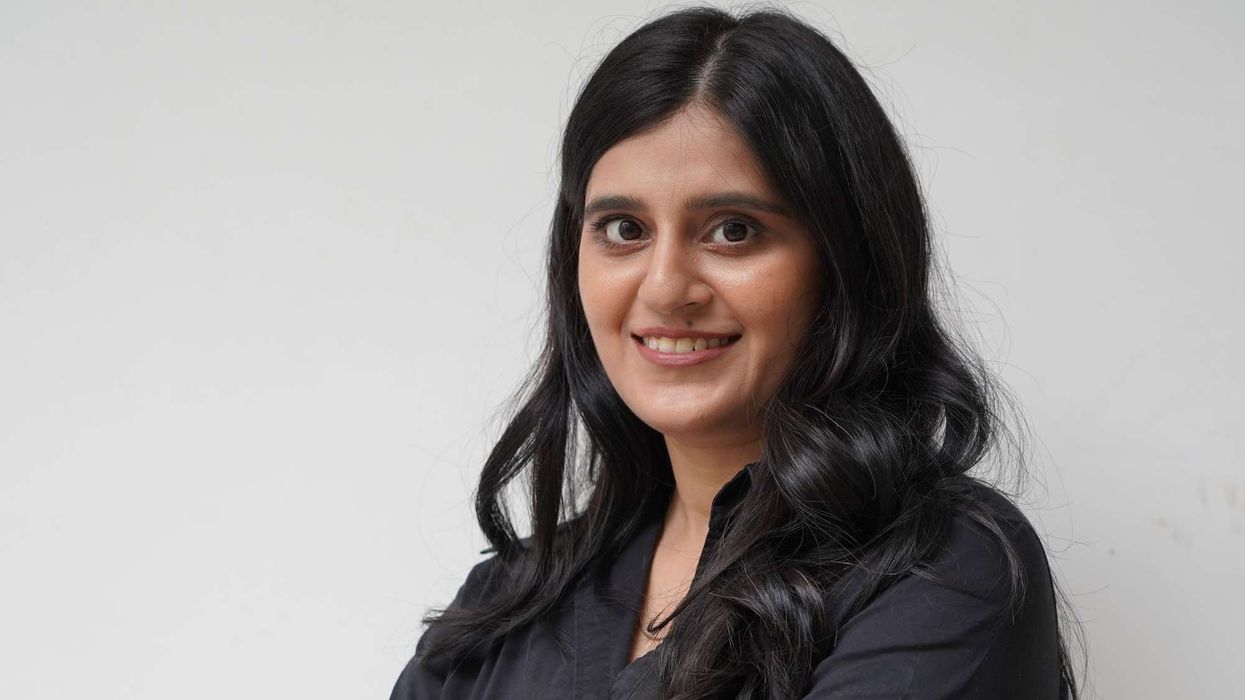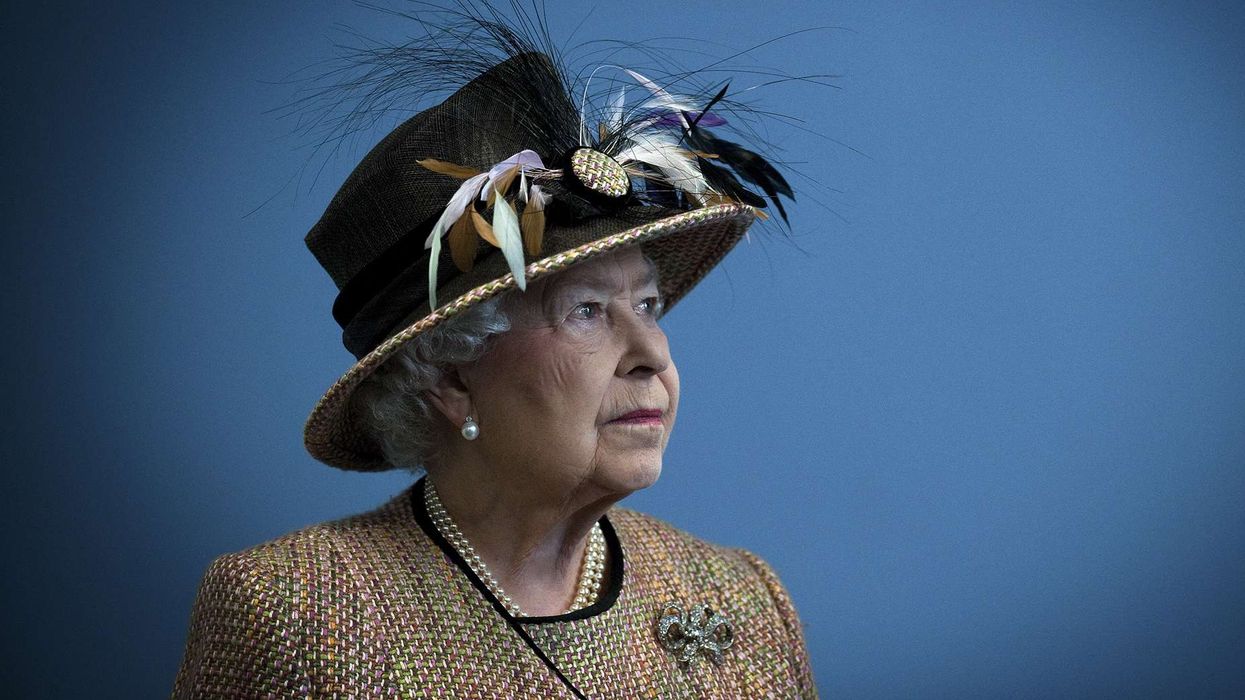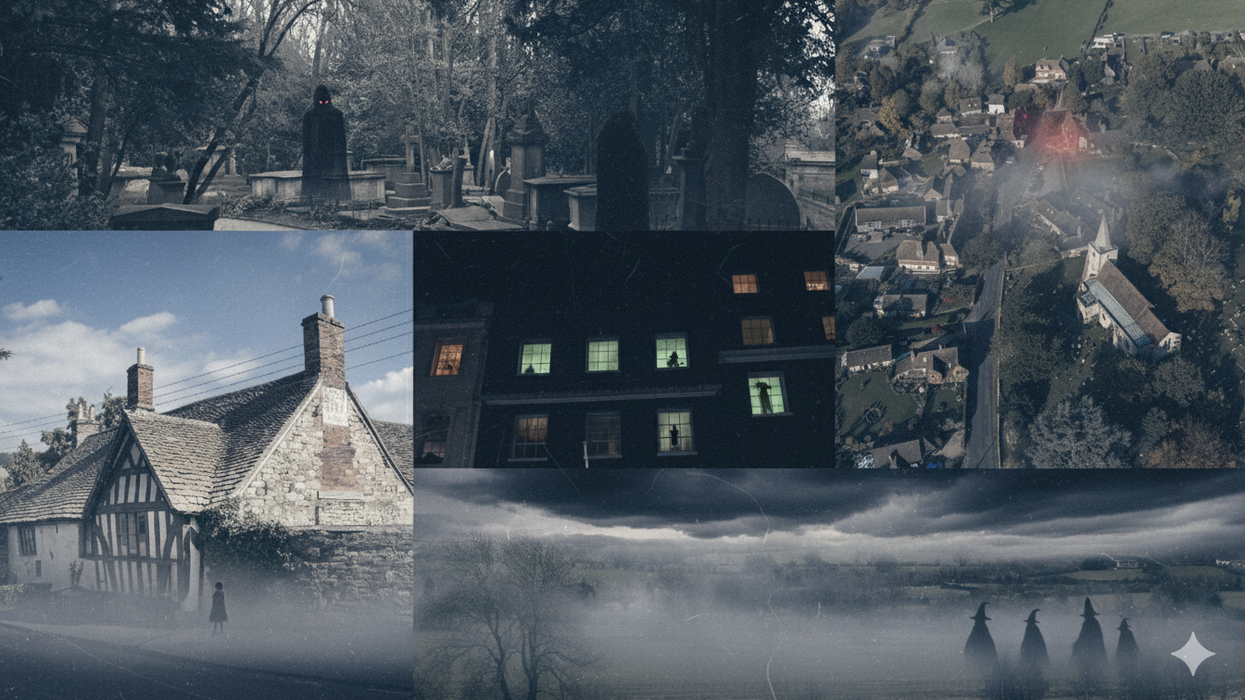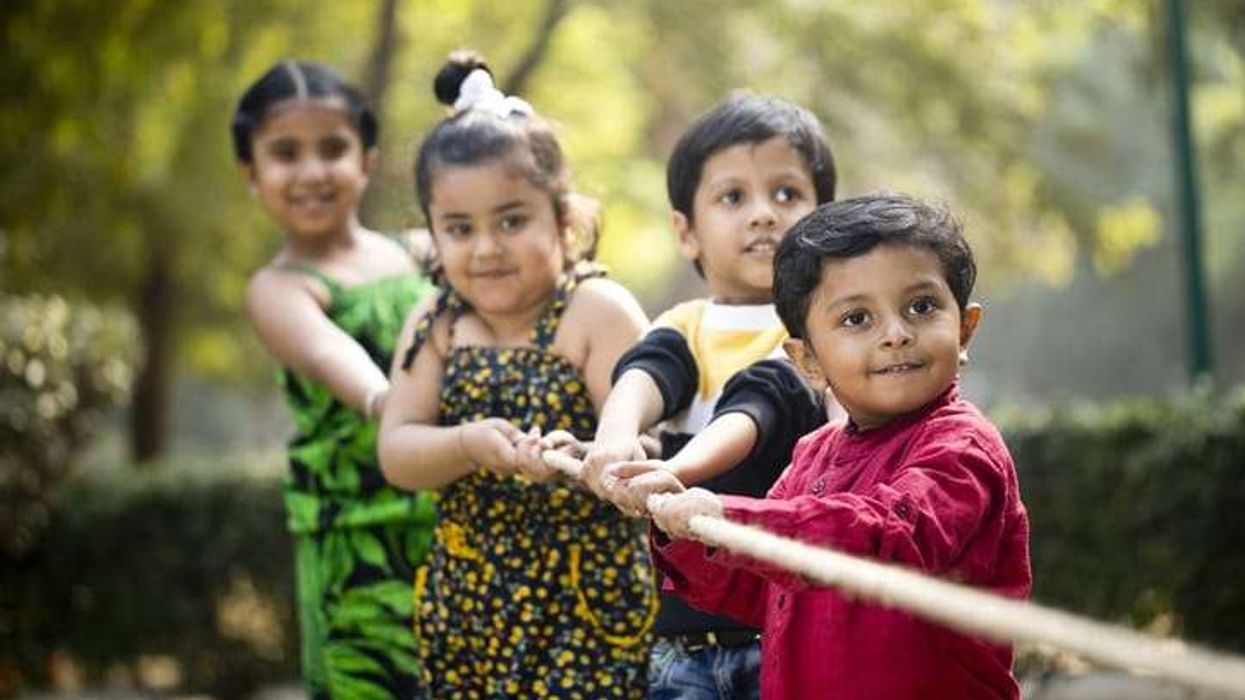LONELINESS can affect people of all ages and backgrounds in different ways. Sukhvinder Kaur was deeply impacted by social isolation after her marriage broke down, leaving her alone with two young children.
Despite a happy upbringing, a supportive family, and a strong community network, she began experiencing uncomfortable thoughts that didn’t resonate with her, leading to increased isolation.
Sukhvinder turned that pain into power by researching loneliness for over a decade, including ways to combat it, and writing the self-help book There Is Light At The End Of The Tunnel Of Loneliness. The book, donating all raised funds to mental health charities, offers practical advice to those suffering from loneliness and helps them understand it.
Eastern Eye caught up with the debut author to discuss her empowering book. She also offered advice for those feeling alone and for those with loved ones affected by loneliness.
Tells us about your book.
I share all the things that helped me so others can have happier lives too. It shows lonely people how to use specific skills and strategies to understand their feelings and find clear ways to make their lives more content and peaceful. I’ve included top tips, helpful support, and inspiring resources to help those experiencing loneliness find peace of mind and the answers they need to feel confident and connected.
How much did you draw from personal experience while writing this book?
When writing something so personal, you pour your thoughts and feelings onto the pages. I felt that others were going through what I had experienced, so I wrote this book based on my own journey, hoping it would help readers. I wanted to put healing within reach by providing skills, resources, and help based on my experience. Ultimately, I wanted people to know that they are not alone.
What key message do you hope readers take away from your book?
If you are hurting, my book can be a source of healing. I want this book to serve as a reminder that joy is always within reach, even in the midst of hopelessness. This simple guide to inner peace shows that there is a way forward. My aim is to inspire readers to embrace change and welcome growth. I want this book to be a powerful beacon of hope, reminding people that they can brave life’s storms and come out stronger.
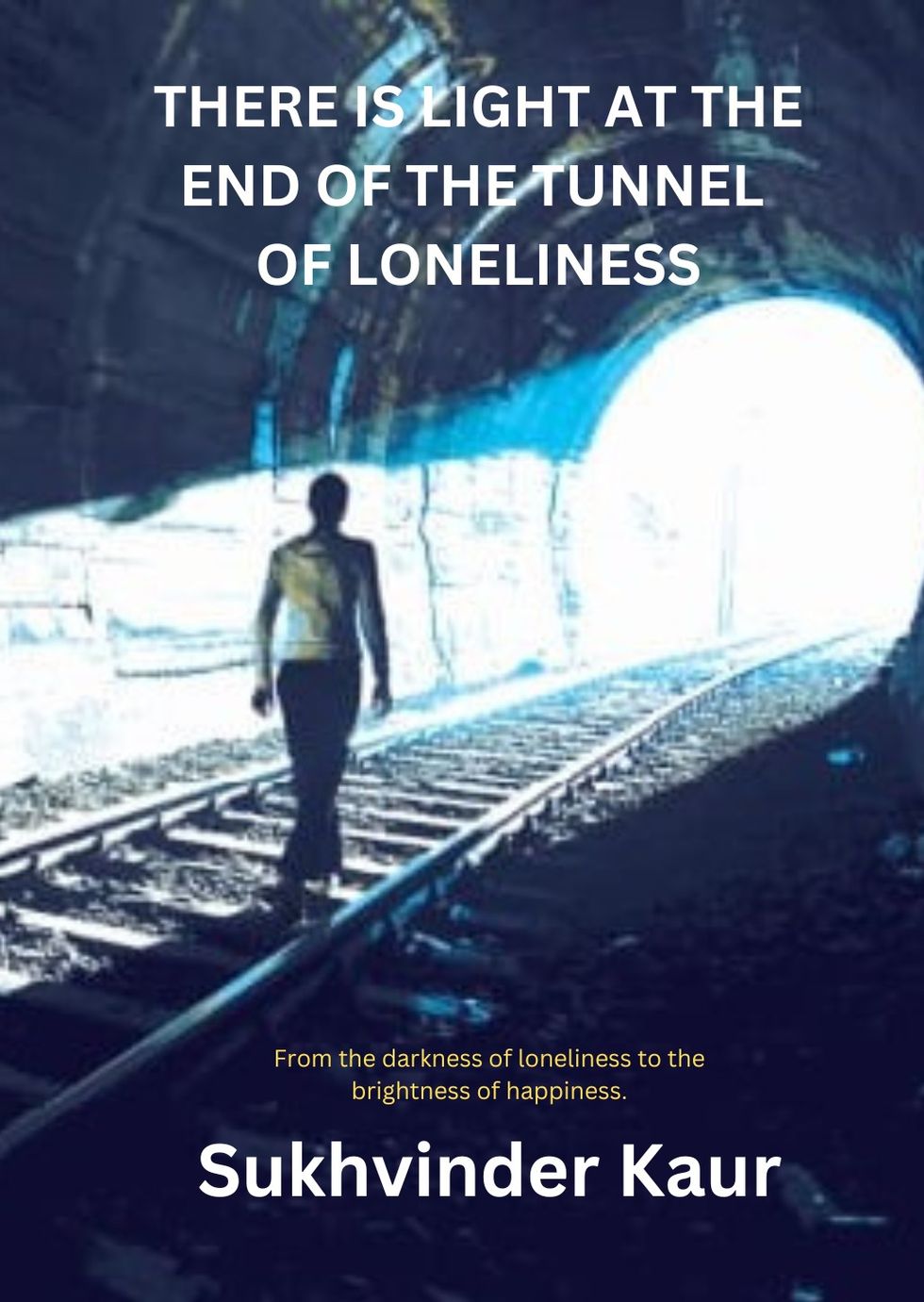
How did you approach writing about such an emotional and deeply personal subject?
I decided to be clear about my feelings and completely honest. I wanted to transform my negative feelings into positive ones. For example, I felt hurt and rejected by my husband and old friends, but I also had loving support from my parents and colleagues. I used positive affirmations – instead of saying, ‘I feel sad and lost’, I focused on feeling hopeful and looking toward a brighter future. I am religious, so I also drew strength from prayer.
Who are you hoping connects with your book?
I found that life is a journey, and loneliness can happen at any time, from childhood to adulthood. It’s estimated that over three million people in the UK experienced chronic loneliness between 2022 and 2024. So, I wrote this book for every single person.
What are the long-term mental and physical effects of loneliness?
Social isolation can have a devastating impact on mental health, leading to an increase in depression and anxiety. It can affect cognitive function and increase the risk of dementia. Loneliness can also lead to high blood pressure, heart disease, weight gain, type 2 diabetes, and a weakened immune system. It can even result in suicidal thoughts and self-harm.
What advice would you give those feeling lonely and alone?
Loneliness can be a challenging and isolating experience. It’s important to remember that there are people who care and want to help, whether they are friends, family, a support group, a counsellor, or a medical practitioner. There are resources available, and there is no shame in seeking support or help. Remember that you are valued, important, and not alone. Your experience and feelings are valid.
What is an effective step for someone experiencing loneliness?
First, buy a notebook and write down how you are feeling. It’s not about writing all the pages in one go – you can just write a few words and come back to it. This will help you make sense of events and understand what you’re going through. As healing begins, you’ll be able to see how far you’ve come. Writing things down can also motivate and inspire you, providing clarity and insight. It helps you process your emotions productively.
What advice do you have for someone who feels too embarrassed to seek help?
Loneliness is a part of life and should be discussed. We are all affected by it at some point. Many who are surrounded by people or are popular on social media experience it. Try not to feel embarrassed or ashamed. Admitting we feel lonely can be difficult, but it’s important to remember that many others feel the same way. Reach out to a trusted friend or family member, or speak to a professional like a therapist or doctor. You can also take small steps to combat loneliness, such as joining a club or volunteering.
How can friends and family support someone struggling with loneliness?
Reach out regularly to loved ones, especially if they seem to be struggling or becoming isolated. Check in with phone calls, texts, and visits. Suggest shared activities based on their interests. Be mindful of their needs by offering practical help, or simply by being present and listening without judgement. Let them know you are there for them unconditionally.
Did writing the book help you?
It has made me more confident. For a long time, I lacked confidence, but through this book’s journey, I’ve given talks at mental health events, participated in media interviews, had my photograph taken, and met lots of supportive people. I’ve learned more about loneliness and how we can all help each other.
Confidential support is available for those struggling with mental health on 0300 102 1234 (www.mind.org. uk) or 116123 (www. samaritans.org).
